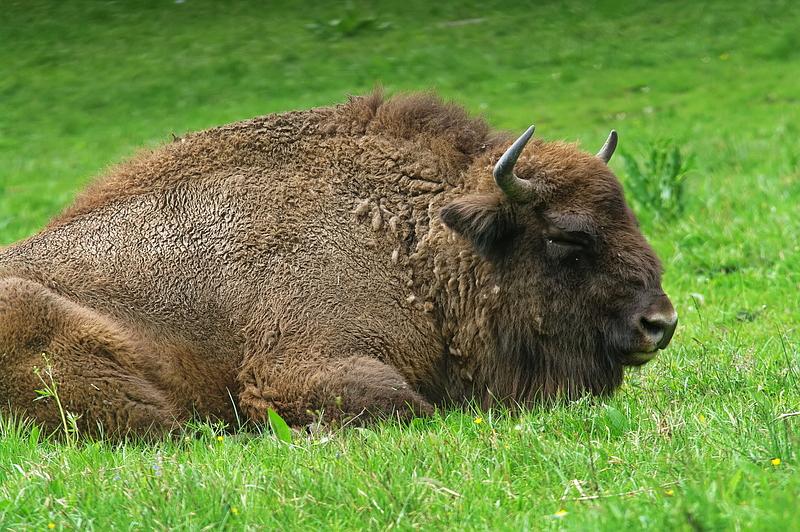Bison herd in Romania's Făgăraș Mountains has three calves



Twenty-eight bison are currently roaming free in the Făgăraș Mountains, close to three years since the start of the bison reintroduction program in the area, Conservation Carpathia Foundation said.
The three calves that accompany the herd are proof of their adaption to the environmental conditions, the foundation explained.
“The mission to rebuild the bison population in the area of the Făgăraș Mountains started with the release of eight bison brought in from Germany and Poland. Later, we brought bison from Sweden, the UK, and from reserves in Vama Buzăului and Vânători Neamț,” biologist Adrian Aldea, wildlife manager with Conservation Carpathia Foundation, said.
The animals were initially hosted in quarantine and acclimatization enclosures, and, since the spring of 2020, they have been enjoying their natural habitat in the Făgăraș Mountains.
After 2012, Romania became one of the nine European countries where the bison live in the wild. The species was successfully reintroduced in several areas, such as Vânători Neamț Nature Park, Armeniș in Caraș- Severin county, and in Hunedoara county.
The bison disappeared from the Romanian Carpathians more than 200 years ago because of excessive hunting.
The aim of the bison reintroduction program in the Făgăraș Mountains is the release of 75 bison by mid-2024.
“For every reintroduction area, we have a team of rangers, employed from the local communities, who monitor the evolution of the groups. The observations are made daily, either directly, through field trips, or by analyzing information provided by the GPS collars and the monitoring cameras,” Călin Șerban, a specialist on the bison reintroduction project of Conservation Carpathia Foundation, said.
“We also monitor to make sure the bison groups don’t get closer to the communities. We were happy to see that calves were born every year, a sign the species adapts to the new life conditions. Currently there are three calves. There used to be five,” Șerban said.
The grazing done by the bison helps maintain biodiversity-rich mosaic landscapes of forests and grasslands, while they also form a key component of local food webs.
(Photo: Theodor Bunica | Dreamstime.com)
simona@romania-insider.com